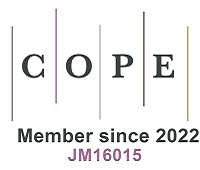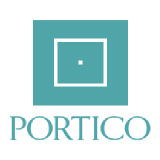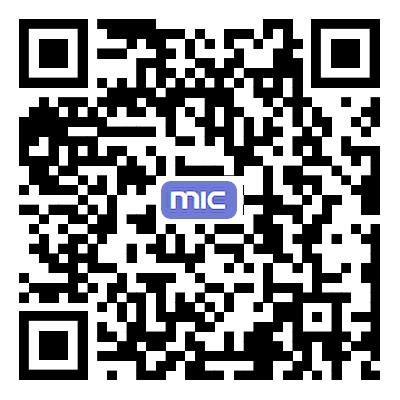Review | Open Access
Solid-state nuclear magnetic resonance for garnet-type based solid lithium electrolytes
Views: 11
Microstructures 2025;5:[Accepted].
Author Information
Article Notes
Cite This Article
Abstract
Solid-state batteries show high safety and theoretical energy density, receiving rapid-growing attention in both academic investigations and industrial applications. The garnet-type based solid electrolytes (Garnet-SEs) play a vital role due to their high Li+ conductivity and high electrochemical stability. The atomic structure at local environments, such as the Li+ coordination and site of doped ions, will have important impact on the ability of transport and migration pathway that determine ion conductivity and electrochemical performances. In addition to the average structure from long range perspective, the understanding at atomic level will be crucial for developing strategies to enhance ionic conductivity in Garnet-SEs. Solid-state nuclear magnetic resonance (NMR) is a powerful tool that can probe the local atomic environments and dynamics on a molecular level. NMR is proven as a suitable technique for characterizing the light weight and small radius of Li element, which is challenge for some conventional methods. In this review, atomic structure, ion pathways, dynamic and microstructure formation of Garnet-SEs from NMR view were discussed. These insights obtained from various NMR techniques will provide essential information for informing the control development and optimization of Garnet-SEs, contributing to the advancement of high-performance, safe, and reliable solid-state batteries.
Keywords
Solid electrolyte, nuclear magnetic resonance, local structure, lithium dynamic, migration pathway
Cite This Article
Hong G, Lou C, Tang M. Solid-state nuclear magnetic resonance for garnet-type based solid lithium electrolytes. Microstructures 2025;5:[Accept]. http://dx.doi.org/10.20517/microstructures.2024.111
Copyright
© The Author(s) 2025. Open Access This article is licensed under a Creative Commons Attribution 4.0 International License (https://creativecommons.org/licenses/by/4.0/), which permits unrestricted use, sharing, adaptation, distribution and reproduction in any medium or format, for any purpose, even commercially, as long as you give appropriate credit to the original author(s) and the source, provide a link to the Creative Commons license, and indicate if changes were made.













